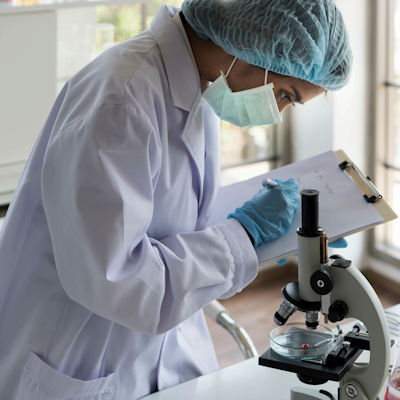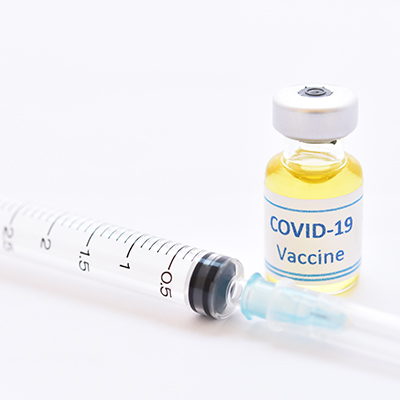November 23, 2020 -- AstraZeneca released interim analysis from clinical trials of AZD1222, its COVID-19 vaccine candidate in the U.K. and Brazil, with data demonstrating it met the primary endpoint of preventing COVID-19.
The interim analysis, conducted by an independent data safety monitoring board, was based on a total of 131 COVID-19 cases. One dose regimen showed vaccine efficacy of 90% when AZD1222 was given as a half dose, followed by a full dose at least one month apart, and another regimen showed 62% efficacy when given as two full doses at least one month apart. The combined analysis resulted in an average efficacy of 70%.
The data safety monitoring board determined that the analysis met its primary endpoint showing protection from COVID-19 occurring 14 days or more after receiving two doses of the vaccine. The board also reported no serious events related to the vaccine, and that it was well-tolerated across both regimens.
The pooled data from the COV002 and COV003, phase II/III single-blinded, multicenter, randomized controlled trials included over 23,000 participants.
The vaccine candidate was co-invented by the University of Oxford and its spin-out company, Vaccitech. AZD1222 is a replication-deficient chimpanzee viral vector based on a weakened version of an adenovirus that causes infections in chimpanzees and contains the genetic material of the SARS-CoV-2 virus spike protein.
AstraZeneca is now planning to prepare regulatory submission of the data to authorities around the world. The company will seek an emergency use listing from the World Health Organization for an accelerated pathway to vaccine availability in low-income countries.
The company is also preparing the results from the interim analysis for publication in a peer-reviewed journal.
The company is increasing its manufacturing capacity to produce up to 3 billion doses of the vaccine in 2021 on a rolling basis, pending regulatory approval. The vaccine can be stored, transported and handled at normal refrigerated conditions (2-8° C/36-46° F) for at least six months and administered within existing healthcare settings.
Copyright © 2020 scienceboard.net









